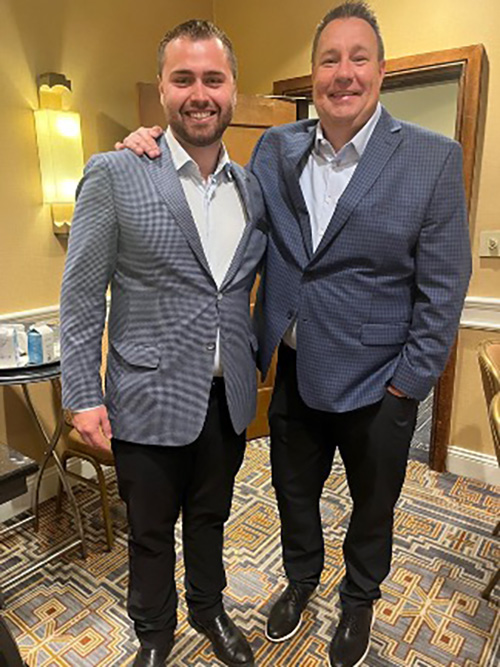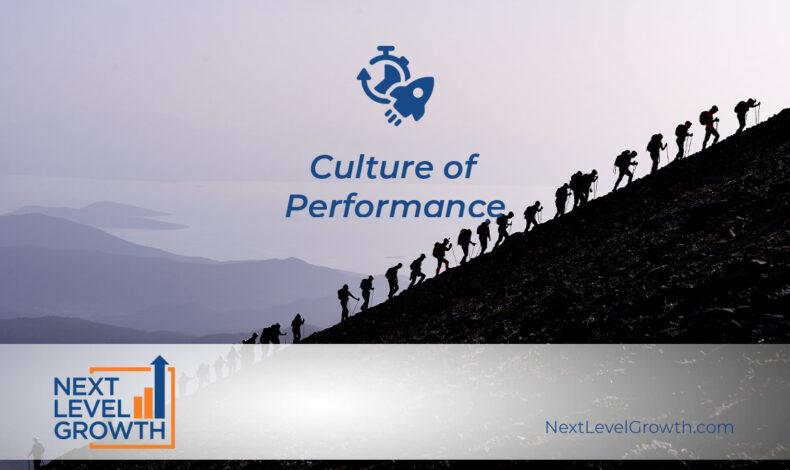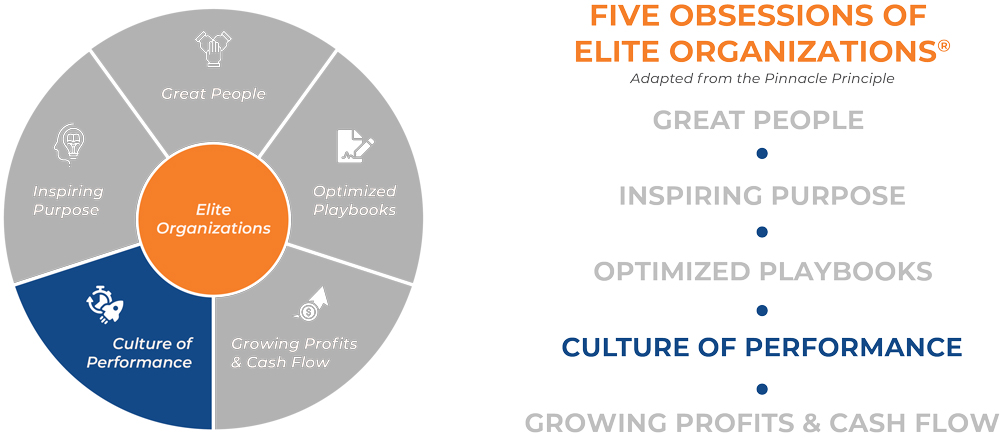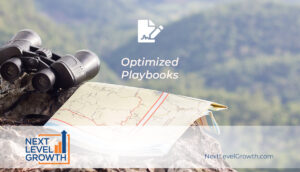Meetings suck. At least, that’s the reputation they’ve earned in most organizations. And if you’ve spent any time drowning in unproductive, soul-sucking meetings that waste your time instead of driving results, you know exactly why Cameron Herold wrote the book Meetings Suck.
But as Cameron writes, here’s the real problem: Meetings don’t suck—bad meetings suck. And unfortunately, most meetings are bad.
You don’t have to accept that. If you’re serious about getting your team aligned, solving real issues, and making sure priorities stay on track, you need a Weekly Tactical Meeting that actually works. Done right, it will keep your team connected, drive accountability, and eliminate the endless cycle of wasted time.
Over time, we have found that when people run meetings called things like “L-10” meetings, they tend to feel locked into a rigid agenda, and an overly prescriptive framework doesn’t work for every organization and every team. We use the term “Weekly Tactical” because we believe that teams should come together each week to focus on tactical execution, no matter what agenda they adopt or create.
Here’s a best-practice overview of how to run a Weekly Tactical Meeting that gets results instead of resentment. If this agenda doesn’t work for you, take the intent of the meeting and customize it as much as you need to so that it works well for you and your unique circumstances.
Note: If you want to interact and ideate on ways to make your meetings better, visit AskMichaelErath.com and interact with my AI Clone for expert insights and guidance.
The Weekly Tactical Meeting Blueprint
A great Weekly Tactical Meeting follows a structured agenda designed to keep the team aligned, address real issues, and drive execution. No fluff. No wasted time. Here’s what that looks like:
1. Start with a Check-In That Matters
Forget the pointless small talk. Start with one question that exposes real frustrations from the past week. Consider questions like…
- What’s the biggest challenge you faced last week that we should discuss?
- What’s one thing slowing you down?
- What’s one roadblock you see that we need to clear?
This does two things: It creates awareness of hidden issues and prevents problems from festering and growing bigger. Put anything needing to be addressed on your issues list for later in the meeting.
Then, make sure people are delivering and celebrating wins, but also being very specific, by asking something like, “What was the most impactful, positive thing you or your team accomplished since our last meeting?” This gets people thinking about and celebrating wins…and if somebody cannot answer the question, then the fact that they are not producing wins likely needs to go on your issues list.
2. Review Action Items—And Hold People Accountable
Every commitment made in previous meetings gets reviewed.
- Did you do what you said you’d do?
- If not, why? What’s the holdup?
No dodging. No hiding. If your team knows they’ll be held accountable, execution skyrockets.
3. Scorecard Review—Are We Winning or Losing?
Your team needs to know if they’re on track—fast. Key drivers of each team member’s MCOs (Most Critical Outcomes®) should be reviewed within minutes, not dragged into a discussion.
- Are we hitting our targets?
- What’s off track?
If something is off, don’t get sucked into problem-solving now—put it on the issues list for later.
Not sure about MCOs? Follow the link to read my post of the importance of a clear Most Critical Outcome for every position in your Next Level Accountability Chart™.
4. Rock Review—Are Big Priorities Moving Forward?
If you’re running a business without quarterly priorities (Rocks), you’re just reacting. This part of the meeting ensures your biggest projects don’t stall. Each team member gives a quick update:
✅ Is your Rock on track or off track?
🔹 What did you do last week?
🔹 What will you do this week?
If someone repeatedly has “no update,” that’s an issue to address.
5. Headlines & Updates—What’s Important to Share, but Isn’t an Issue?
- Customer feedback
- Market changes
- Key company updates
This keeps everyone in the loop without hijacking the meeting with side discussions.
6. Solve Real Issues—The Main Event
Most meetings fail here. They talk about issues instead of solving them. Not in this meeting.
Follow this process:
- Prioritize ruthlessly – If we could only solve ONE issue today, what would make the biggest impact? Start there.
- Define the issue clearly – What’s the real problem? Who owns the decision? What’s the ideal outcome we need to get to if we’re going to give this time today?
- Solve it and assign action items – If an issue is discussed but no action is taken, the meeting failed.
Pro Tip: Set a timer for each issue. Ask the person setting up the issue for the team how much time they want to give the issue to resolve it and set the timer accordingly. If you can’t solve it in that time, it’s either poorly defined or needs offline work.
7. Cascading Messages—Who Else Needs to Know?
Most decision impacts people beyond the room. Assign responsibility to cascade key decisions to the right people. Do this before moving to the next issue so no cascading message is forgotten.
8. Rate the Meeting—Because Mediocrity Isn’t Welcome
Before you wrap up, have the team rate the meeting from 1-5. If it’s not a 5, they must say why so you can adjust and make the next meeting better. Consider creating a short statement that defines each number from 1 to 5 to add clarity.
Example:
5 This was an extremely valuable meeting. We stayed focused on important things that were worthy of our time & we were decisive.
4 This was a good and valuable meeting, but there are some things that can be improved, such as…
3 I know the meeting was necessary, but I did not get much out of it. I would have preferred…
2 This was not a good meeting. We were not focused on important things, got off on tangents, were not disciplined, etc. (fill in the details and be specific in terms of what would have made it better).
1 This was a total waste of my time because…
This feedback forces continuous improvement so your meetings don’t drift into mediocrity.
Your Meetings Shouldn’t Suck—The Effort is YOUR Responsibility
The problem isn’t meetings. It’s bad meetings. And bad meetings are a choice.
If your team dreads meetings, it’s time to fix the structure, demand accountability, and start solving real problems instead of just talking about them.
Want to take your meetings to the next level? At Next Level Growth, we help leadership teams implement customized execution systems that eliminate wasted time, drive real results, and scale their businesses faster, with less stress and more control.
If you’re tired of meetings that suck and want a system that works, start the conversation.
Next Steps
- Get your copy of the book you cannot afford to miss: Five Obsessions of Elite Organizations on Amazon/Audible.
- Take the free Elite Organizations Assessment to see how your organization is doing in each of the Five Obsessions of Elite Organizations®.
- Click here to learn more about building an elite organization and the Five Obsessions of Elite Organizations®.
- Start a conversation with one of our Next Level Growth Business Guides about how we can help you achieve your vision for a bigger, bolder future.
- Test drive our Founder’s AI Clone for expert insights and guidance at AskMichaelErath.com
















